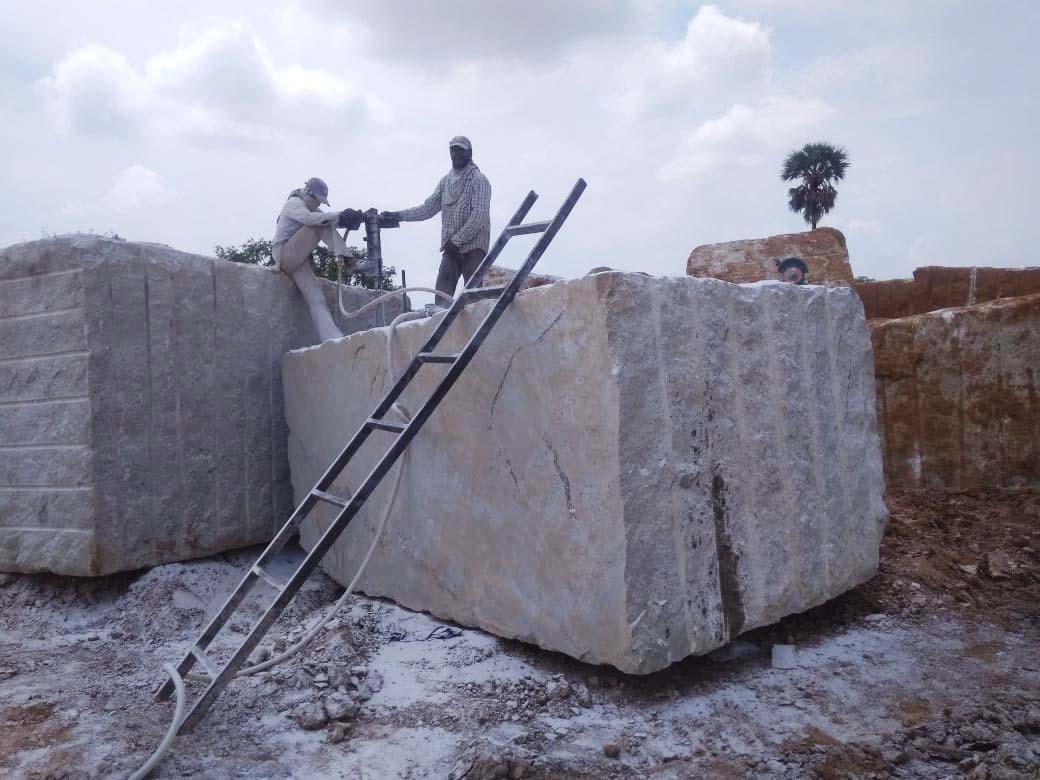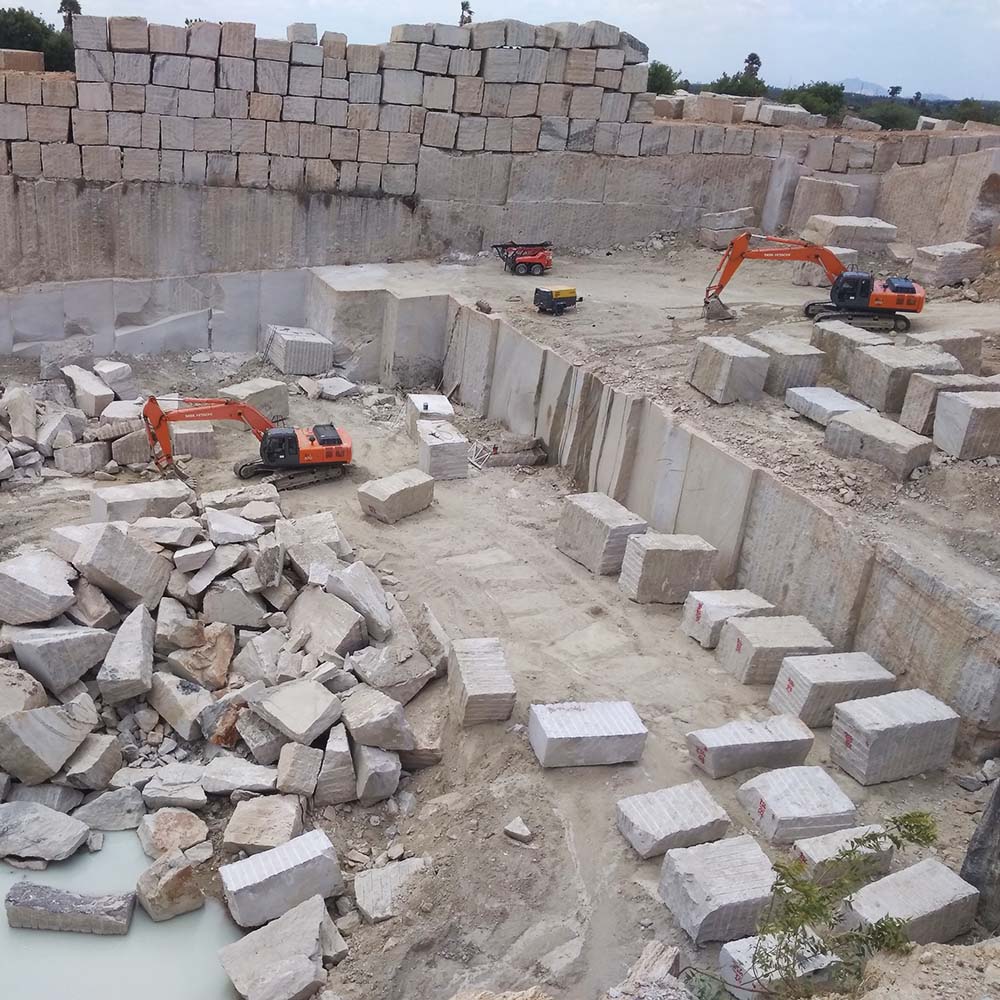Unearthing the Rich History and Lasting Practices of Granite Quarrying
As we base on the precipice of discovering the complex tapestry of granite quarrying, a journey with time exposes not just the physical act of drawing out stone however also the cultural and historical value woven into the really material of this technique. From the old beginnings that laid the structure for contemporary quarrying methods to the sustainable methods that are shaping the future of this sector, each chisel mark on granite surface areas tells a story waiting to be discovered (granite quarries in south africa). The tradition of granite quarrying stretches far beyond mere removal; it is a testament to human ingenuity, strength, and the enduring appeal of this magnificent rock
Old Origins of Granite Quarrying
Dating back to old human beings, the technique of quarrying granite has been an indispensable component of human history and building development. The earliest evidence of granite quarrying dates back to old Egypt, where enormous pyramids and intricate sculptures were crafted from this long lasting rock. The Egyptians made use of primitive tools to draw out granite blocks from quarries, showcasing the significance of this material in their huge constructions.
Moving on in background, the Greeks additionally made considerable payments to the quarrying of granite. The Greeks used granite in various architectural wonders, such as temples and statues, demonstrating their ability in shaping and carving this hardy rock. The Romans better improved the strategies of quarrying granite, employing innovative tools like chisels and hammers to extract and shape granite for their famous structures.
Via the centuries, the practice of quarrying granite has actually advanced, with modern technologies improving efficiency while maintaining the ageless allure of this all-natural stone - granite quarries in south africa. From ancient civilizations to modern building contractors, the legacy of granite quarrying remains to form our globe
Advancement of Quarrying Methods
The development of quarrying techniques has been marked by a continuous progression in the direction of greater effectiveness and precision in removing granite. From the fundamental techniques employed by our ancestors to the advanced innovations utilized in modern-day quarrying operations, the market has actually gone through considerable innovations. Early quarrying techniques included manual labor with fundamental devices such as chisels, hammers, and wedges to remove granite blocks from the planet. As people advanced, techniques like fire-setting and primitive dynamites were introduced to facilitate the extraction procedure.
In even more current times, the advent of equipment reinvented the quarrying sector, allowing faster extraction prices and increased efficiency. Technologies such as diamond cord saws, high-pressure water jets, and pneumatically-driven drills have actually ended up being conventional in modern quarries, enabling specific cutting and decreased waste. Moreover, improvements in computer-controlled devices and 3D modeling have optimized quarrying procedures, causing marginal ecological influence and boosted sustainability methods. As the need for granite continues to rise, the development of quarrying methods continues to be indispensable to meeting sector requires successfully and sustainably.
Social Value of Granite
Granite holds a profound social importance throughout numerous worlds due to its long-lasting presence in building masterpieces and admired monoliths. The cultural importance of granite expands beyond its physical features; it symbolizes resilience, security, and timelessness, making it an icon of sustaining heritages and traditions.

Sustainable Practices in Quarrying
Among the abundant background of granite quarrying and its social relevance lies a growing emphasis on sustainable practices within the sector. As ecological understanding and concerns about resource depletion have increased around the world, the quarrying industry has actually significantly accepted lasting methods to reduce its effect on the atmosphere and bordering communities.

Additionally, reclamation and recovery of quarry sites post-extraction are important to sustainable practices. By bring back quarried areas to Read More Here a natural or beneficial state, such as developing wildlife habitats or leisure spaces, quarriers can balance out the environmental impact of their procedures and contribute favorably to the regional ecological community.
Heritage of Granite Quarrying
With a historical background soaked in workmanship and industrial progression, what withstanding influence has granite quarrying left on the landscape of modern-day society? The heritage of granite quarrying transcends simple extraction methods; it has shaped building marvels, city landscapes, and social heritage worldwide. The durable nature of granite has made it a preferred selection for monuments, buildings, and framework, standing as a testimony to the skill and virtuosity of quarry employees throughout generations.
Moreover, the economic impact of granite quarrying can not be overlooked. The sector continues to provide employment possibility and drive regional economic climates in regions where granite extraction is widespread. It has actually also stimulated technical developments in quarrying methods and devices, leading to more effective and sustainable practices.
In regards to sustainability, the legacy of granite quarrying includes initiatives to minimize environmental effects with recovery jobs and liable resource monitoring. By balancing economic passions with environmental More hints stewardship, the industry strives to ensure that future generations can continue to take advantage of this enduring natural deposit.
Final Thought
